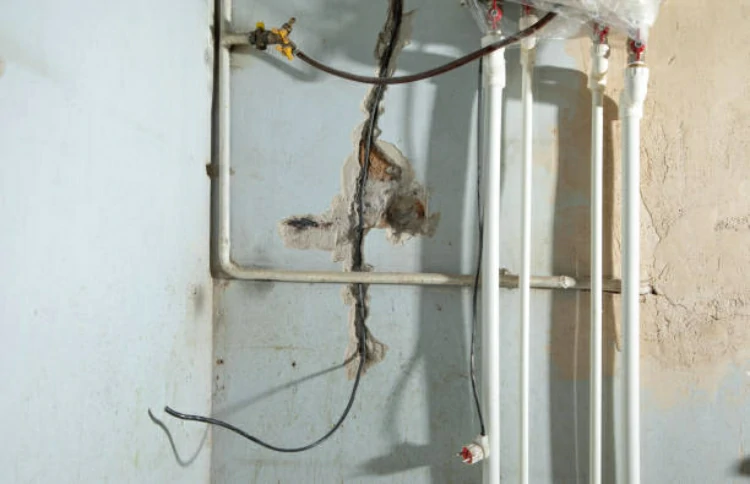Introduction
The production of PEX pipes involves a sophisticated manufacturing process that ensures the quality, durability, and reliability of these versatile plumbing components. Let’s explore the various stages involved in the creation of PEX pipes, shedding light on the intricate details of their manufacturing journey.
Raw Material Selection and Preparation
At the heart of PEX pipe production lies the careful selection and preparation of raw materials. High-density polyethylene (HDPE) serves as the primary raw material for PEX pipes due to its excellent properties such as flexibility, chemical resistance, and thermal stability. The HDPE resin undergoes a rigorous quality assessment to ensure it meets the required specifications for PEX pipe production. After selection, precisely blend the resin with additives like antioxidants and stabilizers to enhance performance and durability.
Extrusion Process: Shaping PEX Pipes
During the extrusion process, an extruder melts HDPE resin pellets, transforming them into molten polymer with heat and pressure. This molten material is then pushed through a die to shape the emerging pipe. Different extrusion techniques, like single-layer and multi-layer extrusion, create various configurations and performance characteristics.
Cross-Linking: Enhancing PEX Pipe Properties
Cross-linking is a key process that imparts enhanced mechanical properties to PEX pipes, making them more durable and resilient. There are several methods of cross-linking used in PEX pipe production, including peroxide and electron beam irradiation. These methods induce chemical bonds between polymer chains, creating a three-dimensional network that improves the pipe’s resistance to heat, pressure, and chemical degradation. The degree of cross-linking can be carefully controlled to tailor the performance of PEX pipes for specific applications.
Quality Control: Ensuring Excellence in PEX Pipe Production
Maintaining the quality and consistency of PEX pipes involves implementing strict quality control measures throughout the manufacturing process. Utilizing advanced testing equipment and techniques, manufacturers monitor raw material properties, extrusion parameters, and cross-linking processes. This thorough approach detects deviations from specifications, ensuring only high-quality PEX pipes reach the market. Quality control also includes packaging and storage procedures to protect PEX pipes during transportation and handling.
Conclusion:
In conclusion, the manufacturing process of PEX pipes showcases precision, innovation, and craftsmanship in creating essential plumbing components. From selecting raw materials to extrusion, cross-linking, and quality control, each stage involves meticulous orchestration for unparalleled quality and performance. Understanding these intricacies allows consumers to appreciate the expertise and dedication in delivering reliable plumbing solutions for various projects.
Contact
IFANPLUS is a specialized product series launched by IFAN, primarily covering plastic pipes, fittings, and various types of valves. We offer PPR and PEX pipes in German and American standards, ensuring the high quality and reliability of our products. IFANPLUS valve products include a variety of valves, from PPR valves to other diverse copper valves, catering to your specific requirements. Whatever product you need, IFANPLUS will be your reliable partner. Here is our contact information.
We will reply your email or fax within 24 hours.
You can call us at any time if there is any question on our production.
For more information,pls visit our webside https://www.ifanplus.com/
Pls Mailto: [email protected]






